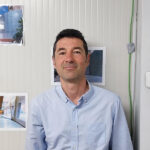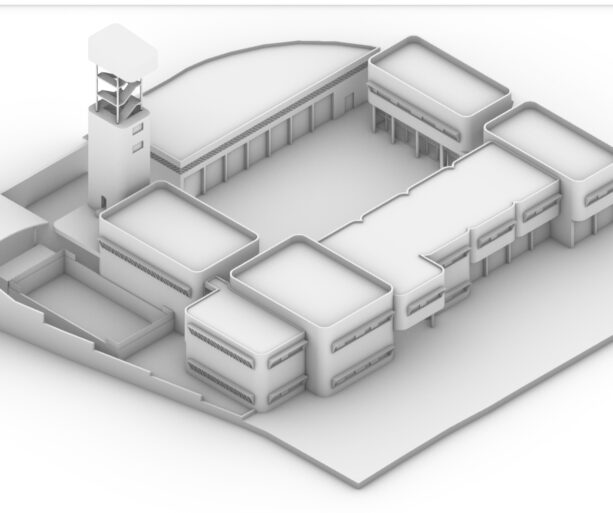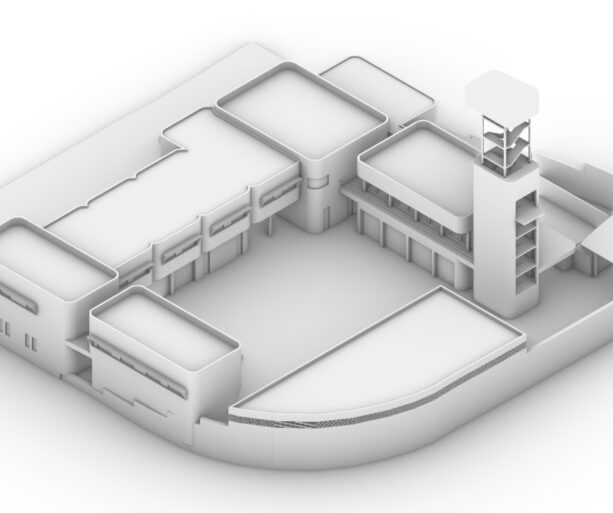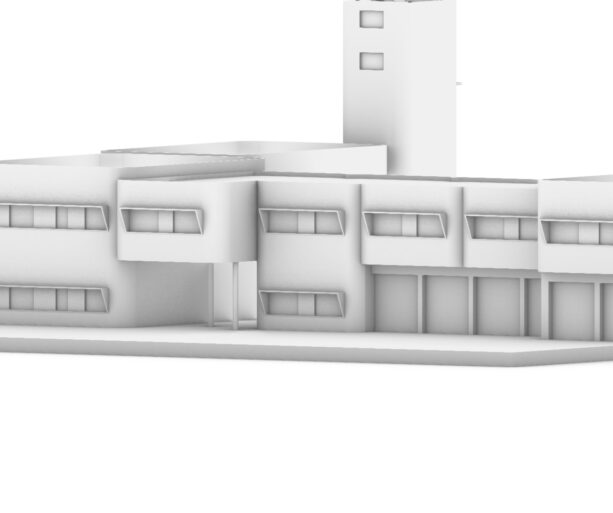
State of the art, modern, and innovative: how Madrid's Fire Stations are being transformed
09 of April of 2023
One of the lessons learned from the COVID-19 pandemic is the importance of offering the best possible means to the professionals who take care of us and protect us. These include health workers, those in charge of managing ambulance services, security forces, and of course, firefighters.
In recent years, we have participated in the renovation of several fire stations in the municipality of Madrid. These facilities were old and, in many cases, no longer offered the best services. Through our work, we helped create stations with the latest technical advances and the best qualities, all with the aim of providing firefighters with the most comfortable, practical, and efficient infrastructure.
The most modern station in Spain
Our experience renovating the fire stations in Madrid started with small projects. However, we were soon making progress, and this experience allowed us to take the first step toward comprehensive renovations. The first one where we embarked on a project of this kind was Fire Station 7, the San Blas station.
After the project was completed in 2018, it was considered the most modern station in Spain at the time. It runs on renewable energies thanks to a geothermal system and solar panels crowning its roof; it also has a paddle tennis court and other renovated sports facilities, as well as top-notch materials.
After this station was done, our goal was to continue advancing and improving in order to update any infrastructure as requested by the Fire Department. Our big opportunity came with the renovation of Fire Station 8, the largest and most thorough one we’ve done so far.
The major renovation of station 8
This station is the largest one in the City of Madrid, and it is more than four decades old. It has three major areas: the Fire Museum, the Fire School, and the Fire Station itself. Our first work there goes back to 2014, when we renovated the museum. Years later, we returned to this facility for comprehensive renovations on the station and the school.
Drawing on the lessons learned at Station 7, we installed the most advanced and innovative systems to harness renewable energies, and in terms of quality, we added a paddle tennis court on a deck. To carry out the construction, we had to set up a temporary camp with modular structures where the firefighters had everything they would need for daily life: from rooms to a kitchen, and even gyms and rest areas.
This offers several advantages: it kept them from having to move to another fire station while the construction was going on and from having to live in the middle of that work, which did happen when we were doing smaller projects. The large dimensions of this station made it possible to set up everything on site.
The crown jewel of this project was undoubtedly the Exercise Tower. This was a very old structure, a block of concrete that we renovated with the best materials, adding everything the firefighters needed to carry out practice exercises. For example, the greased pole exercise, with holes in the floor slabs and bars they can lower themselves through. The entire structure is built around supporting their training.
The tower turned out quite positively, from both an aesthetic and functional point of view. The building is also particularly nice for firefighters because there are amazing views of the city of Madrid from the top. From there, they can see Cerro de los Ángeles, the Cuatro Torres, the M30, and many of the most iconic streets in the city. This tower also has a great story and feeling, and the views are so wonderful that painter Antonio López immortalized them in a work on display at the Assembly of Madrid.
The stations’ new lives
This renovation took a total of three years, plus the ten months it took to update the museum. During that time, we had such a great experience. First, carrying out renovations of this kind is a challenge that requires adapting to a site that already exists and that also has a lot of functional demands.
Secondly, there was perfect coordination between Ferrovial’s teams, the Security and Emergency Area of the city of Madrid, and the firefighters. These different groups worked together at all times on the project, not making demands. They were also proactive, coming forward to make suggestions and observations about the project whenever necessary.
Today, the firefighters at Madrid’s Stations 7 and 8 have facilities with the latest technical advances, renewable energies, comfortable rooms, and up-to-date equipment. This lets them do their work with the best means possible and, therefore, offer society the best service possible.
But our job didn’t stop there. After several years of working on Fire Stations, we found ourselves facing a new challenge and a new site that is already in the project phase. This is the renovation of Fire Station 9, another major station in the city of Madrid.
This one has other peculiarities, such as the NBQ – Nuclear, Bacteriological, and Chemical – Department. This is where specific materials and suits for bacteriological or nuclear terrorist attacks or chemical spills are stored. When carrying out this project, we will have to adapt our work to these features.
Once again, we’re up against outdated facilities, which we want to transform into a cutting-edge example. This challenge would not be possible to take on without collaboration and teamwork from many people. In this respect, I’d like to thank my superior and manager, José Luis Abad, and my assistant director, Belén Marquina. I’d also express my gratitude for the work and collaboration of the municipal architect, Ignacio Rodríguez, and the surveyor, Álvaro Díaz.
I can’t forget José Antonio Ascaneo, who has been by my side for 20 years, nor my colleagues and contract site managers, Humberto Malvar and Tania Esteso. And of course, I want to thank Madrid’s entire Fire Department for their cooperation.









There are no comments yet